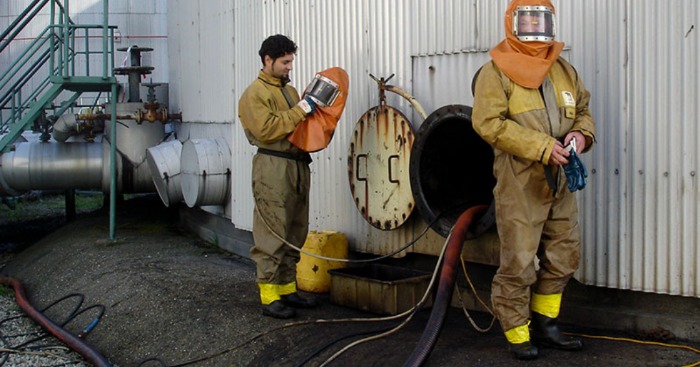Legionnaires’ disease, a severe form of pneumonia caused by the Legionella bacteria, can pose a significant health risk in various environments. Ensuring the safety and well-being of individuals requires implementing a comprehensive legionnaires risk assessment that identifies and mitigates potential threats. This article delves into the essential aspects of conducting an effective Legionnaires risk assessment and its significance in maintaining a safe environment.
Understanding the Importance of Legionnaires Risk Assessment
A Legionnaires risk assessment is a critical process that evaluates water systems for the likelihood of Legionella bacteria growth and proposes measures to control their proliferation. This proactive approach helps in:
- Identifying high-risk areas within a building’s water systems.
- Developing preventive strategies to minimize bacterial growth.
- Ensuring compliance with health and safety regulations.
Key Steps in Conducting a Legionnaires Risk Assessment
- Identification of Water Systems: Survey all the cold and hot water systems in a building, including cooling towers, hot tubs, and faucets.
- Analyzing Risk Factors: Determine factors such as water temperature, stagnation, and source of water that could contribute to Legionella growth.
- Implementation of Control Measures: Recommend the implementation of measures such as temperature control, regular maintenance, and chemical treatments.
- Ongoing Monitoring and Review: Establish a regular monitoring schedule to ensure the control measures remain effective.
As part of the assessment, it’s crucial to engage professionals with the expertise to pinpoint potential hazards accurately. Using specialists can enhance the reliability of the assessment and guide the effective deployment of control measures.
FAQs on Legionnaires Risk Assessment
What are the typical environments where Legionella thrives?
Legionella bacteria often thrive in environments where water temperatures range from 20°C to 50°C. Common places include cooling towers, plumbing systems, and any water storage systems like hot tubs and fountains.
How frequently should a Legionnaires risk assessment be conducted?
Regular assessments are essential, and the frequency depends on the complexity of the water systems and any changes in operations or usage. Generally, assessments should occur at least annually.
Can Legionnaires risk be entirely eliminated?
While completely eradicating the risk is challenging, implementing a robust risk assessment program can significantly reduce the likelihood and impact of Legionella outbreaks.
Conclusion
Conducting a Legionnaires risk assessment is a prudent step in safeguarding public health, especially in facilities with complex water systems. By understanding the potential risks and applying appropriate risk management strategies, facility managers can ensure a safe environment that complies with legal standards and protects individuals from this potentially life-threatening disease.




